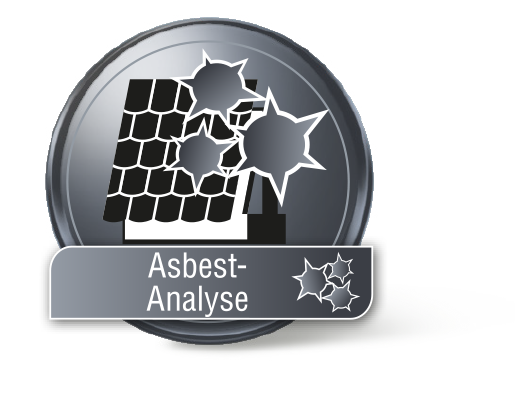These Building Materials Can Pollute Your Indoor Air
 From headaches, difficulty concentrating, allergies, impaired immune systems to changes or damage to genetic material, reproductive organs, or even cancer – these can all be consequences of hazardous legacies in your home.
From headaches, difficulty concentrating, allergies, impaired immune systems to changes or damage to genetic material, reproductive organs, or even cancer – these can all be consequences of hazardous legacies in your home.
Indoor Toxins Can Be Highly Dangerous!
Our indoor air should be clean and free of pollutants, because we spend a large part of our lives at home. Continuous exposure to toxins can lead to minor or severe health complaints.
What Kinds of Indoor Toxins Are There?
A distinction is made between volatile and semi-volatile organic substances. The difference lies in the volatility and vapor pressure of each substance.
Volatile organic compounds are fast-evaporating substances with a low boiling point (approx. 50–250 degrees Celsius), such as formaldehyde in solvents. These substances rapidly escape from their source.
Semi-volatile substances have a higher boiling point (250–500 degrees Celsius) and escape slowly, but remain more persistently in the ambient air. Examples include wood preservatives, plasticizers, or flame retardants.
Where Can Sources of Indoor Toxins Be Found – and What Damage Do They Cause?
Many old buildings, especially those constructed before 1970, contain numerous substances that are now banned or classified as health-hazardous. These include:
- Asbestos in walls or facades
- PCP and Lindane in wood preservatives
- Formaldehyde in adhesives or pre-finished parquet flooring
- Mineral fibers in insulation materials
Mold spores can also contaminate indoor air – particularly with high humidity and incorrect heating and ventilation practices. Poor thermal insulation further promotes condensation. Long-term mold exposure can lead to respiratory diseases such as asthma.
Consequences can include allergies, fatigue, concentration problems, headaches, respiratory diseases, or eye irritation. Substances like asbestos, mineral fibers, and formaldehyde are considered carcinogenic.
Children, in particular, are particularly sensitive to pollutants in indoor air.
In old buildings, pollutants are frequently found in walls, facades, or wood. These can cause respiratory diseases, immune deficiencies, or even cancer. Therefore, conduct an indoor air analysis early to protect yourself and your co-inhabitants.
What Can Be Done Against Indoor Toxins?
In new buildings, most dangerous substances are prohibited. Nevertheless, some materials like plasticizers or solvents are still in circulation. Here, it pays to opt for low-emission products.
Regular ventilation and consistent heating help combat mold. In old buildings, the risk of hazardous legacies is particularly high. An indoor air analysis offers a simple way to gain clarity before costly renovations are undertaken.
An overview of available analyses can be found here.
The following analyses are possible:
- Mold analyses
- Indoor climate monitoring
- Indoor air analysis for indoor toxins
- Indoor air analysis for wood preservatives
- Indoor air analysis long-term measurement
With the help of these tests, you receive a clear analysis result – without any specialized knowledge. We test over 50 relevant substances and compare the values with the limit values of the Clean Air Ordinance.
✔ Comprehensive information brochure
✔ Test up to 10 rooms
✔ Cause of asbestosis
✔ Present, among others, in Eternit
✔ Analysis for > 50 parameters
✔ Quantitative & qualitative analysis
✔ Analysis for > 50 parameters
✔ Quantitative & qualitative analysis
✔ Including pentachlorophenol
✔ For old wooden structures
✔ Mould alarm display
✔ Clear display






